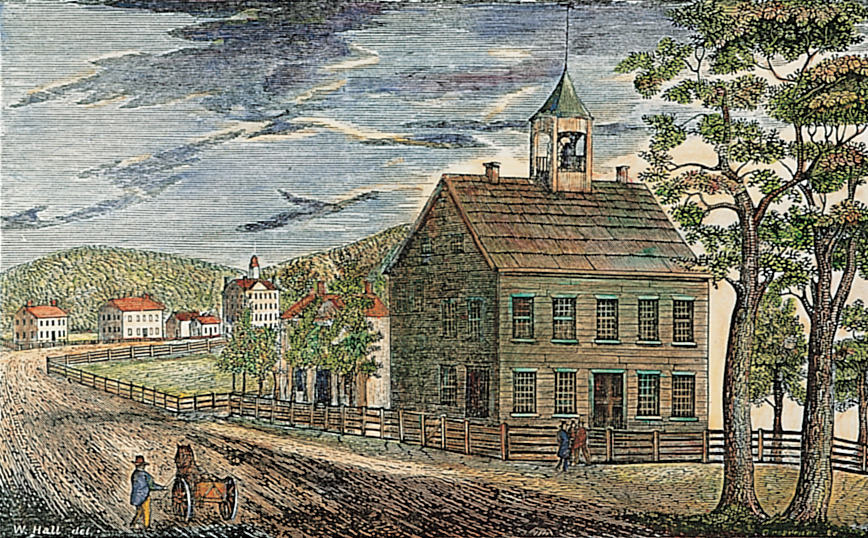Northwest Territory was a vast tract of land lying north of the Ohio River, west of Pennsylvania, and east of the Mississippi River. It extended to the northern limits of the United States. The states of Ohio, Indiana, Illinois, Michigan, Wisconsin, and part of Minnesota east of the Mississippi were carved out of the Northwest Territory.
Early history.
The French, who first occupied the region, had established posts by the early 1700’s. Competition between French traders operating from these posts and English trappers from Pennsylvania helped start the French and Indian War (1754-1763). The war ended with the cession of the area to a victorious United Kingdom. See French and Indian wars .
During the American Revolution (1775-1783), violent fighting took place in the Northwest between the settlers and the British and their Indian allies. The campaign of George Rogers Clark against British-controlled settlements helped win the territory for the United States. The region was ceded after the war. Before the government could open the region to settlement, it had to deal with the claims of Massachusetts, Connecticut, Virginia, and New York. These states insisted that their colonial charters extended their boundaries into this area. The states ceded their claims to Congress between 1781 and 1785, because Maryland refused to approve the Articles of Confederation until it received assurance that the other states would yield their claims.
The land then became a territory of the United States. Congress, eager for revenue from the sale of lands there, adopted the Ordinance of 1785. This law provided for orderly rectangular surveys into mile-square units called sections. These were sold at auction at a minimum price of $1 an acre. Congress also struggled with the problem of a government for the territory. Thomas Jefferson in 1784 had drafted a plan that would have divided the territory into several units. These could become states when the population of any one unit equaled the population of the smallest state in the Union. The Eastern States rejected this proposal, because they feared that the many Western States would dominate Congress. Instead, Congress adopted the Northwest Ordinance, or Ordinance of 1787. This provided for the division of the region into from three to five states, and the establishment of a governmental system that would allow them eventual membership in the Union. See Northwest Ordinance .
Settlement
began at once. The first arrivals were sent out by a New England speculating group called the Ohio Company (see Ohio Company ). They founded the town of Marietta at the mouth of the Muskingum River in Ohio. Other interests soon established rival settlements at such villages as Gallipolis and Cincinnati. To the north, colonists clustered about Cleveland in the “Western Reserve” area retained by Connecticut when it ceded its lands to Congress (see Western Reserve ). Arthur St. Clair became the first governor of the Northwest Territory in 1787. He inaugurated the first territorial government on July 15, 1788.

The population grew slowly at first because of continual Indian attacks. President George Washington sent three expeditions to fight the Indians, but the first two met with disaster. The territory became more peaceful after General Anthony Wayne defeated the Indians in the Battle of Fallen Timbers in 1794. In 1795, Wayne forced the Treaty of Greenville on the defeated Indians. In the Treaty of Greenville, the Indians ceded most of the lands of southern Ohio and part of eastern Indiana to the United States. Other land cessions followed during the early 1800’s. See Indian wars (Conflicts in the Midwest) .
As more settlers moved into the region, the Northwest Territory was divided. In 1800, the western part of the region became the Territory of Indiana, with William Henry Harrison as governor. The Michigan Territory was created in 1805, and the Illinois Territory in 1809. Ohio became a state in 1803, Indiana in 1816, Illinois in 1818, Michigan in 1837, and Wisconsin in 1848.
